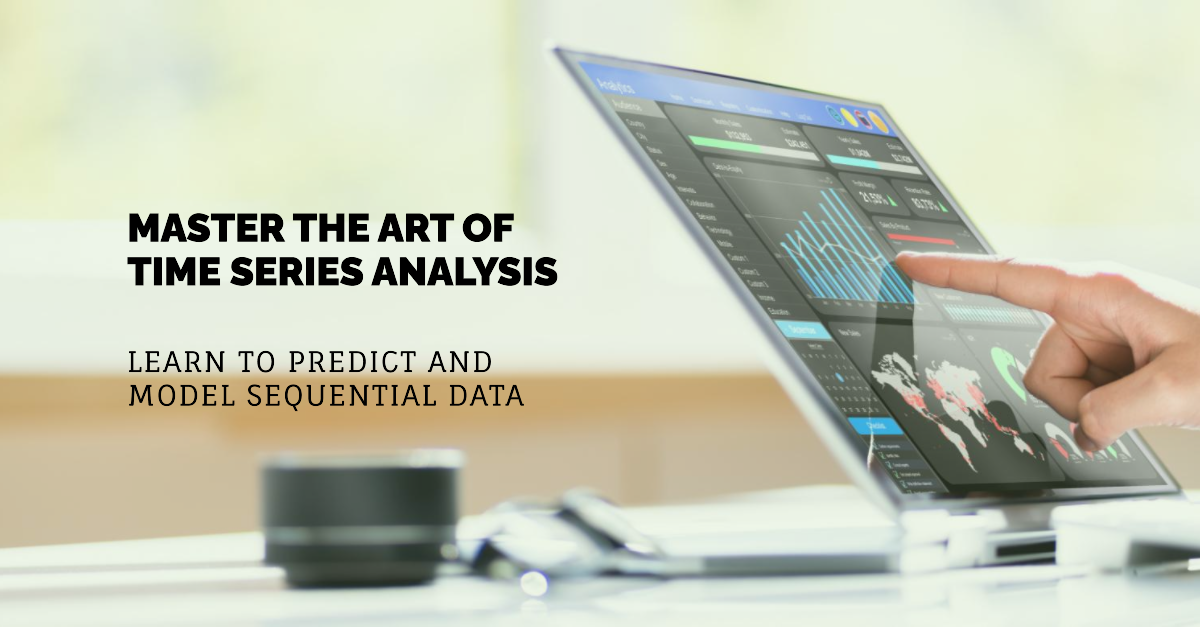ARIMA (AutoRegressive Integrated Moving Average)
ARIMA is a popular model for time series analysis. It combines autoregression (AR), differencing (I), and moving average (MA) components. It’s effective for non-stationary data and can make reliable predictions.
Exponential Smoothing
Exponential Smoothing is useful for data with a strong trend or seasonality. It assigns different weights to past observations, giving more importance to recent data points.
Prophet Forecasting
Prophet is an open-source forecasting tool developed by Facebook. It’s designed for forecasting data with daily observations that display patterns on different time scales.
Machine Learning in Time Series Analysis
Machine learning models like LSTM and GRU can handle complex patterns in time series data. They are used in speech recognition, natural language processing, and predicting stock prices.
Challenges in Time Series Analysis
Time Series Analysis comes with its set of challenges. Dealing with missing data, outliers, and non-stationary data can be daunting. Selecting the right model and hyperparameters is also crucial.
Applications of Time Series Analysis
Time Series Analysis is applied in various domains, including finance, meteorology, healthcare, and marketing. It is used for stock market predictions, weather forecasting, disease outbreak monitoring, and sales forecasting.

